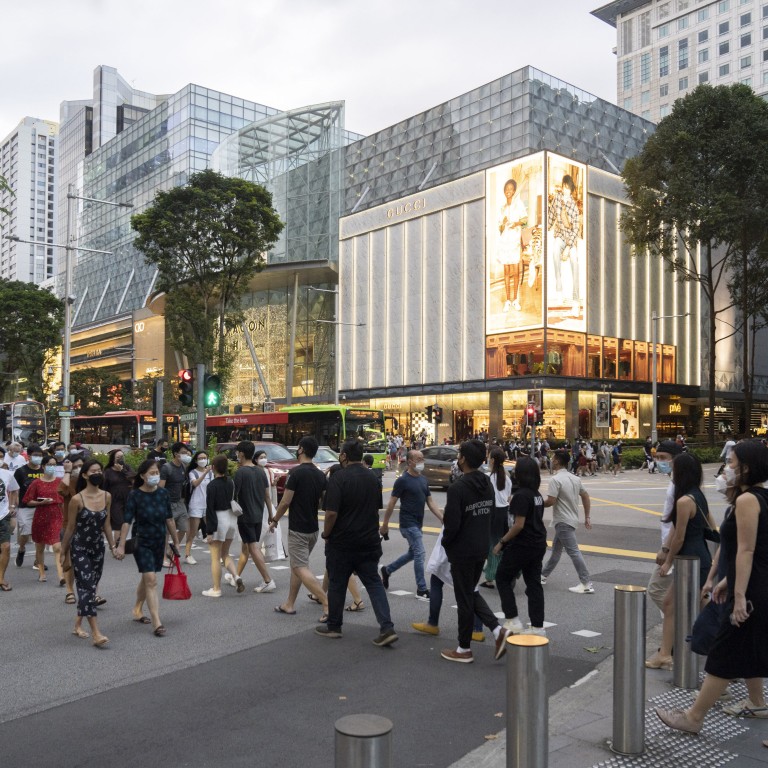
For Singapore’s fashion designers, post-Covid recovery rests on drawing customers from overseas
- Fashion designers in the Lion City have been selling to local customers for the past two years and have struggled to survive the pandemic and its restrictions
- Now, with tourism resuming, these labels are counting on post-pandemic travellers from overseas to boost their bottom line
The Design Orchard multi-label retail space is an experience like no other along Singapore’s Orchard Road. Unlike other glitzy malls in the country’s prime shopping district full of designer labels as well as popular fast fashion brands, this 2½-storey building focuses exclusively on home-grown independent designs.
It recently reopened following a redesign after two years of pandemic-induced restrictions. Among its targets are post-pandemic travellers.
Improvements include a more prominent entrance facing a busy pedestrian crossing at the junction of Orchard and Cairnhill Roads to increase its visibility, a dynamic modular layout to allow the store to be reconfigured for activations and pop-ups, and a VIP lounge.
Just a few steps into the cavernous 9,000 sq ft (840 square metre) ground floor are racks featuring some of the country’s most well regarded labels, including Akinn, Ginlee Studio, Reckless Ericka, Sabrina Goh and Thomas Wee.
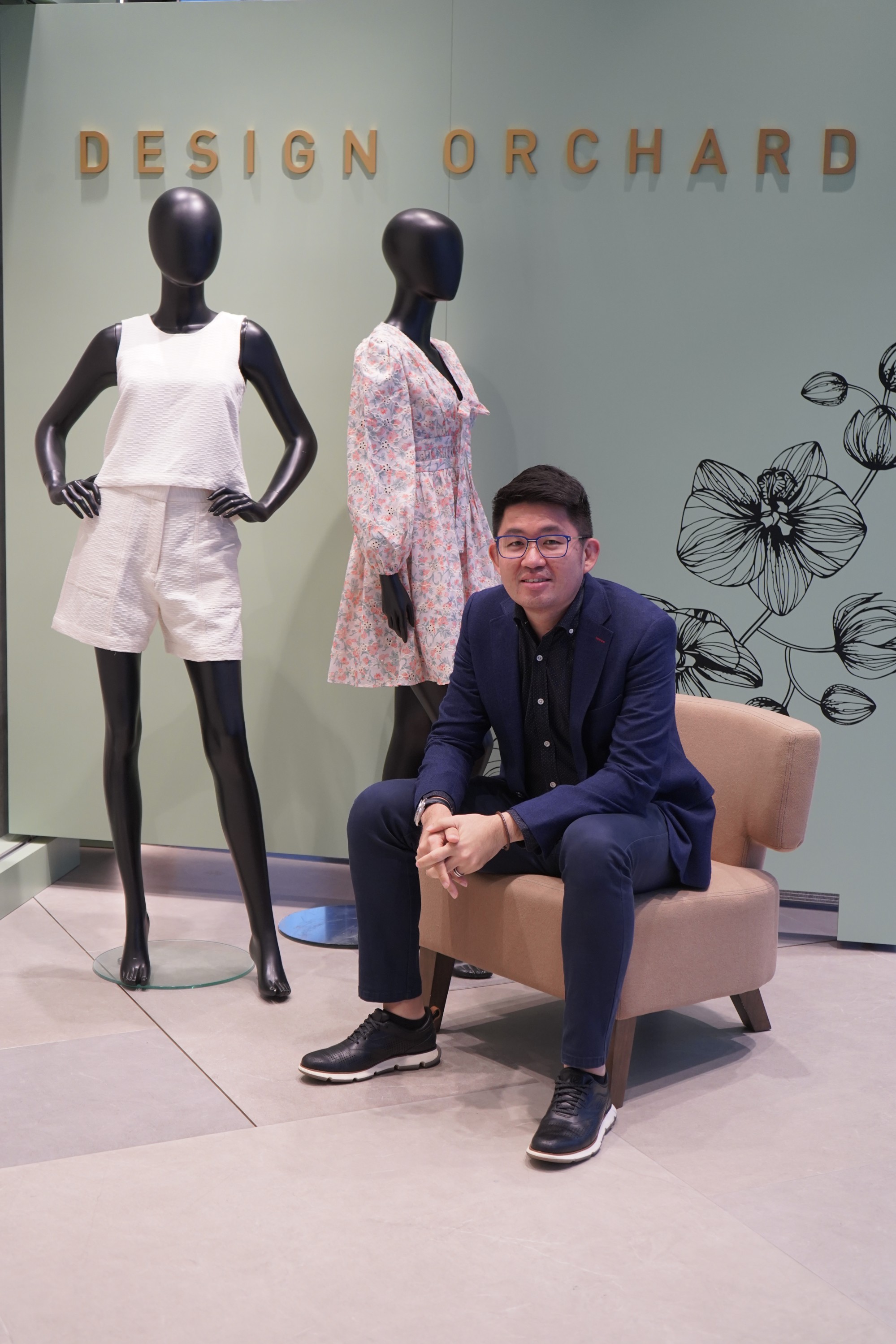
Further in are many more gems to uncover, from handbags by Ling Wu and jewellery by Marilyn Tan to gifts such as colouring books and origami sets. The space, operated by the Textile and Fashion Federation (TaFF), houses over 100 local brands, the biggest range anywhere in Singapore.
“In the very short history of Singapore fashion, I don’t think there has been such a big effort to have such an extensive retail showcase of local brands. As an association with the goal to uplift the whole industry, it is important to have this prominent space along Orchard Road to showcase our local talent,” says Wilson Teo, president of TaFF. The organisation also runs an incubation programme at Design Orchard.
Hong Kong zero-waste bulk food retailer Live Zero opens new flagship store
“Naturally, this is a good location to appeal to tourist dollars, so we are looking forward to tapping into that,” says Teo.
Two years of pandemic-induced restrictions have hit retail sales in the country. In 2021, the Singapore Retailers Association estimated that sales had fallen between 30 and 70 per cent for some retailers because of Covid-19 restrictions.
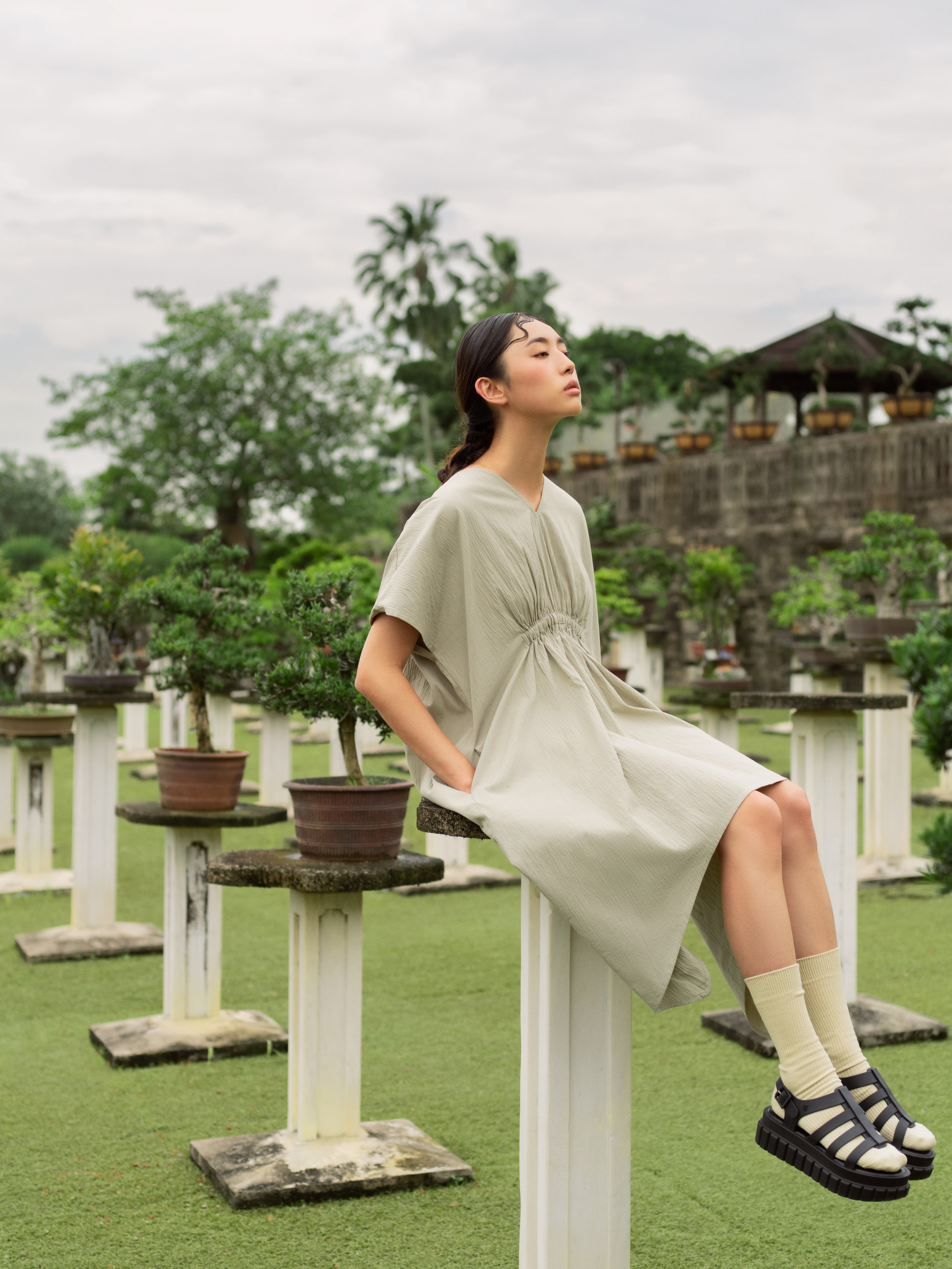
To keep the business going, she began selling face masks made with the brand’s colourful printed fabrics and focused on the visibility of its digital platforms and online stores.
Designer Sabrina Goh has had a similar pandemic experience, noting that tourist sales have fallen by nearly 95 per cent for her eponymous label over the past two years. She also had to put her overseas wholesale business on hold because of travel restrictions.
“We had to rethink our business strategy to address the problems caused by the pandemic,” says Goh, who ramped up the brand’s online store and introduced a loyalty reward system. “We also implemented an order-on-demand initiative to help us estimate production quantity better and avoid overproduction while being more sustainable.”
Such initiatives not only helped local businesses stay afloat during the retail crunch, but are also paying off now that shoppers are returning to stores for a much-needed fashion fix after two years of lockdowns.
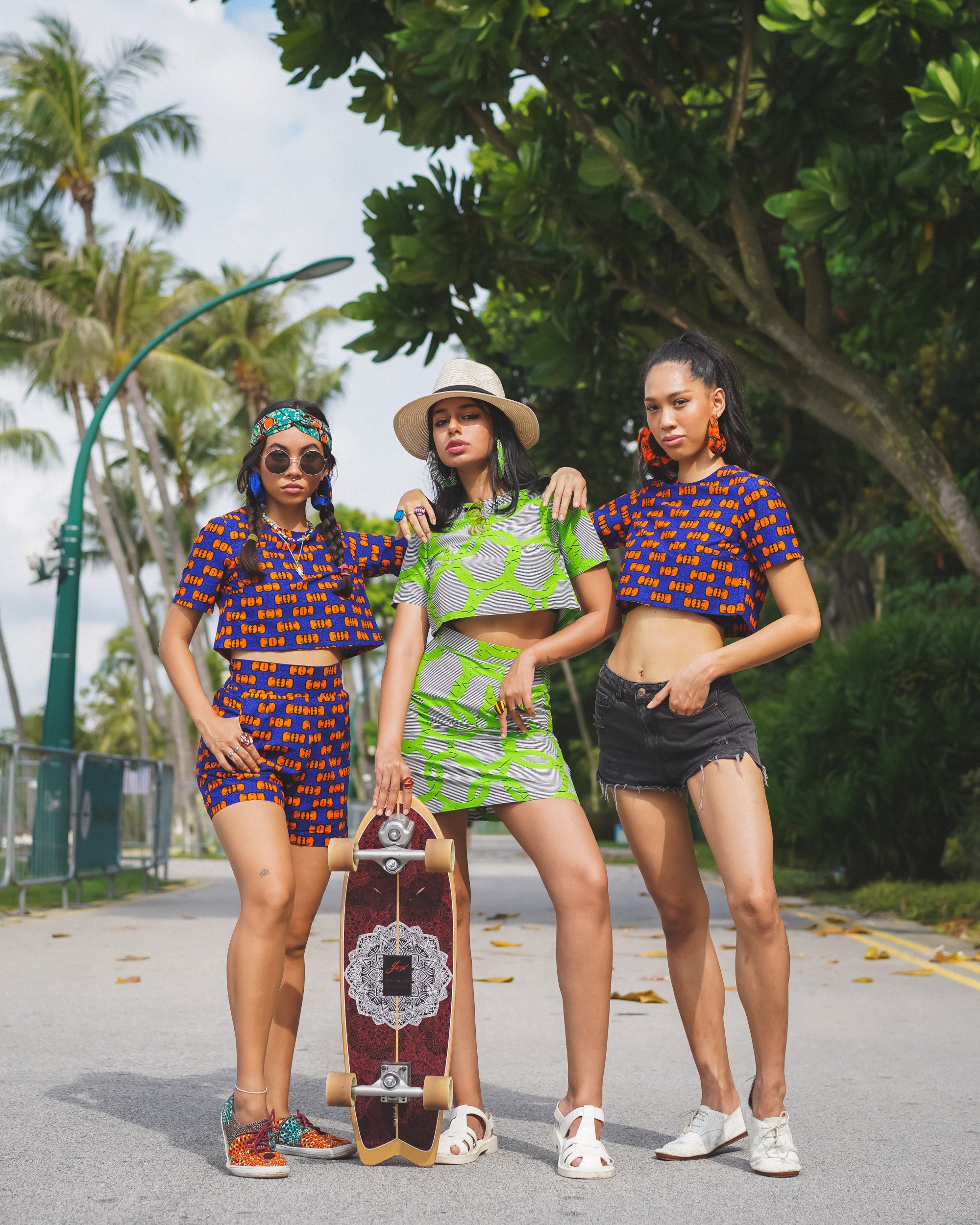
“We have been noticing many customers that discovered our brand through our mask sales and they have now come to shop for clothing and other accessories here. Unknowingly, our mask products became a discovery tool for many of our current new customers,” says Ubby. She also recounts a customer recently telling her she spotted someone wearing an Olive Ankara skirt in Milan.
Things are looking up for retail, with sales figures up 12.1 per cent year-on-year in April – an increase from the 8.8 per cent jump in March, according to data from the Singapore Department of Statistics.
The boost is partly down to increased tourist spending with the easing of border restrictions, SingStat said. In particular, there has been higher demand for bags and footwear, with the apparel and footwear industry recording a year-on-year increase of 46.6 per cent.

Tourist arrivals are also rising, with a total of 540,430 people visiting Singapore from January to April, according to figures from the Singapore Tourism Board. This has already exceeded the number of arrivals to the city state in all of 2021. Tourists often look for local souvenirs for their trip.
Even for brands that have a presence overseas, such as footwear and accessory label Pedro, the Singapore boutiques still remain a draw for tourists.
Alex Low, executive director of Pedro says: “Our boutiques in Singapore definitely play an integral role in the success of our brand. Singapore is where Pedro was founded and is where our headquarters is located. It is key for us to ensure that customers get the best shopping experience here.”
Tourist takings declined by about 60 per cent during the pandemic, Low says, but with plans to introduce new design concepts in the brand’s key boutiques, he is optimistic that Pedro will return to pre-pandemic performance soon.
Despite ongoing travel restrictions in China, which previously made the largest contribution in tourist sales, the brand is seeing more spending from Indonesian, Indian and Vietnamese travellers.
Fledgling local labels that were established during the pandemic are looking forward to finally connecting with an international clientele.
“The drastic curtail in travel over the past two years has greatly reduced the opportunity for a more international and regional clientele,” says Leonard Cheong, the founder of genderless athleisure label Finix Wear, which was launched in December 2020.

“This is not ideal for a brand that is just starting out, as people are still unfamiliar with our concept and what we do – such as the designs, fabric quality and sizing – and these are some of the biggest barriers to customers’ buying decisions,” Cheong says.
Despite the accelerating adoption of e-commerce, brands say there is still value in having a bricks-and-mortar presence. It provides a touchpoint for customers – international and domestic – to interact with the brand in person and to build a community.
“Bricks-and-mortar stores are still essential to customers who value the in-store shopping experience as they can touch and try on the pieces. It also helps facilitate product exchanges for some customers who prefer to confirm the fit when exchanging sizes,” says Goh.
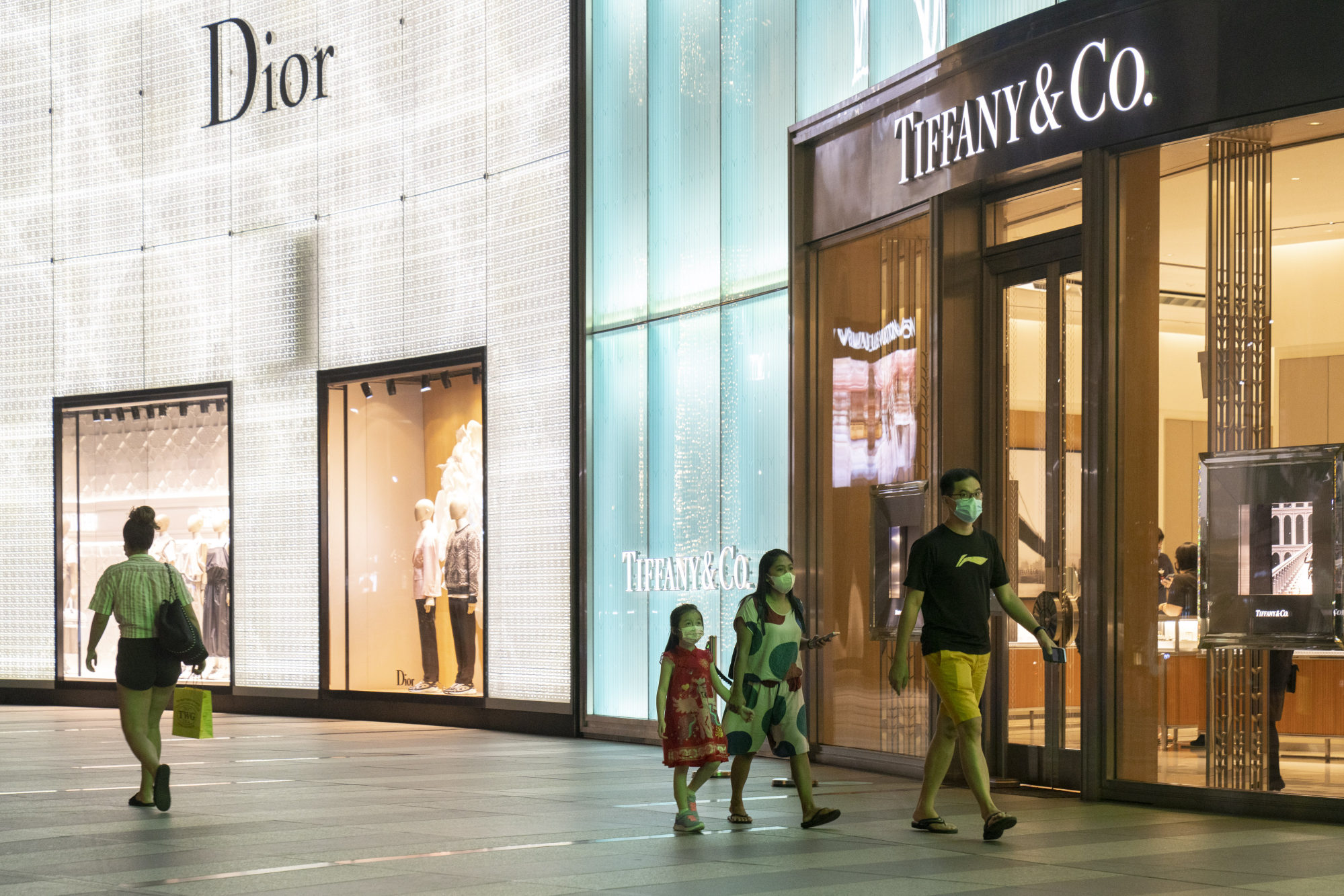
For Ubby, the Olive Ankara showroom is also integral to the brand’s identity. “The space in this quaint neighbourhood is an essential visual component and the experience it is able to provide cannot be replicated online,” she says, noting that customers can also enjoy perks like personalised styling tips and immediate alterations in store.
Similarly, Design Orchard aims to shore up the domestic market through a variety of in-store programmes to keep the Singapore clientele engaged. For instance, there are plans to collaborate with local brands to hold workshops and private events so that the space offers value added experiences on top of shopping opportunities.
Teo says: “During Covid-19, there was a lot of motivation to support local. So Design Orchard is a good opportunity to continue to offer a wide range of fascinating brands or products that perhaps they were not previously aware of.
“We would like this to become a place where all shoppers discover local brands that might not be found elsewhere.”

